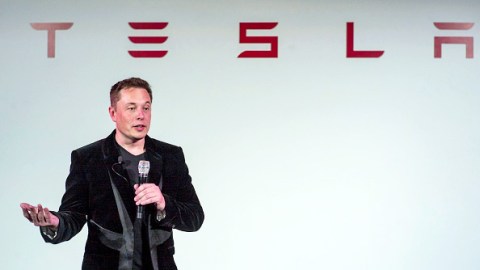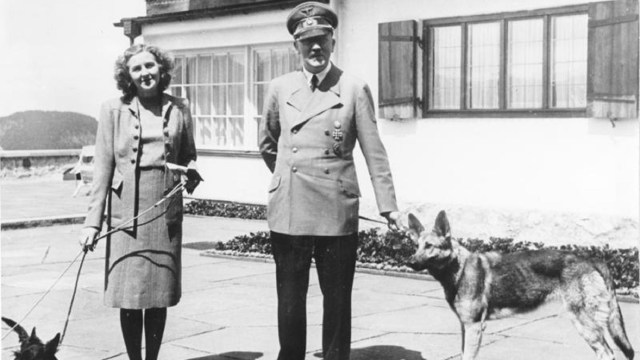Elon Musk Just Did What Google Has Been Trying to Do for Years

Tesla has made a big leap forward, pushing a huge update to its Model S and Model X electric vehicles that makes them semi-autonomous cars.
The new setting is really an amped up cruise control that’s meant for long stretches of highway. The system, according to the announcement, is a nearly hands-free driving system.
“We tell drivers to keep their hands on the wheel just in case, to exercise caution in the beginning,” Elon Musk said at a press event. “Over time, long term, you won’t have to keep your hands on the wheel — we explicitly describe this as beta.”
This Autopilot system can handle speed, steering within a well-defined lane, and changing to another lane with the flick of a switch (provided the way is clear), and all the driver has to do is supervise.
“It’s like a plane: It goes into autopilot, but the pilot still does things like takeoff and landing,” said Tesla’s head of comms, Ricardo Reyes.
Most seasoned drivers will be hesitant to relax themselves under this new system. This is a new role for drivers, writes Brad Templeton. “Many people have reported that even though they must supervise, highway cruise can make the trip more relaxing, just as basic cruise control does. The trick is to get your brain into putting focus on its new sole task — supervisor — so that the rest of your brain can relax. With cruise control, you are reasonably able to have one part of your brain worry about steering, and relax the part that was going to worry about speed. So this may happen here.”
Jerry Kaplan explains how self-driving cars are taught to make decisions like humans.
Dr. Anuj K. Pradhan at the University of Michigan Transportation Research Institute has studied how humans might adapt to a semi-autonomous system, like Tesla’s. His research team has a simulation that tests how people react to being inside a semi-autonomous car, and how they respond when a driving situation becomes too complex and the car wants to “hand over” the controls to the human again.
The BBC‘s Jack Stewart described his test-drive in this simulation:
“A female computer voice states ‘automated mode engaged,’ and I relax a little. That moment, and my reaction is exactly what is being studied. At first, it was hard to take my eyes off the road. Decades of driving have taught me that is bad.”
But the concern here is that people will trust these kinds of cars too much. Even without this technology, we’re already prone to distracted driving tendencies, which is the cause of 10 fatal accidents every day.
“Many of us already do crazy things, texting or playing with things on our phones when we are doing fully manual driving,” Templeton writes. “It’s a given this will happen here.”
Drivers may hold a pinky to the wheel to comply with Tesla’s hands-on requirement, while they sneak longer and longer peeks at their phones. All the while, the driver’s awareness of their environment becomes muddied — they lose sight of the larger picture unfolding before them. So, when a situation does occur, the driver has no reference for what’s going on around them.
“It will be safer to take your eyes from the road for a longer period than you should in a manual car, but people may magnify that,” writes Templeton. “Yes, if you take your eyes off the road and the car ahead of you stops suddenly, the car will very probably brake for you — as will any car with forward collision avoidance. But not 100 percent of the time, and that’s the rub if you trust it to.”
While this new system does give its drivers the opportunity to become distracted, it also has the potential to stop the accidents that may have happened while a driver was just glancing at their phone.
***
Natalie has been writing professionally for about 6 years. After graduating from Ithaca College with a degree in Feature Writing, she snagged a job at PCMag.com where she had the opportunity to review all the latest consumer gadgets. Since then she has become a writer for hire, freelancing for various websites. In her spare time, you may find her riding her motorcycle, reading YA novels, hiking, or playing video games. Follow her on Twitter: @nat_schumaker
Photo Credit: Bill Pugliano / Stringer/ Getty





